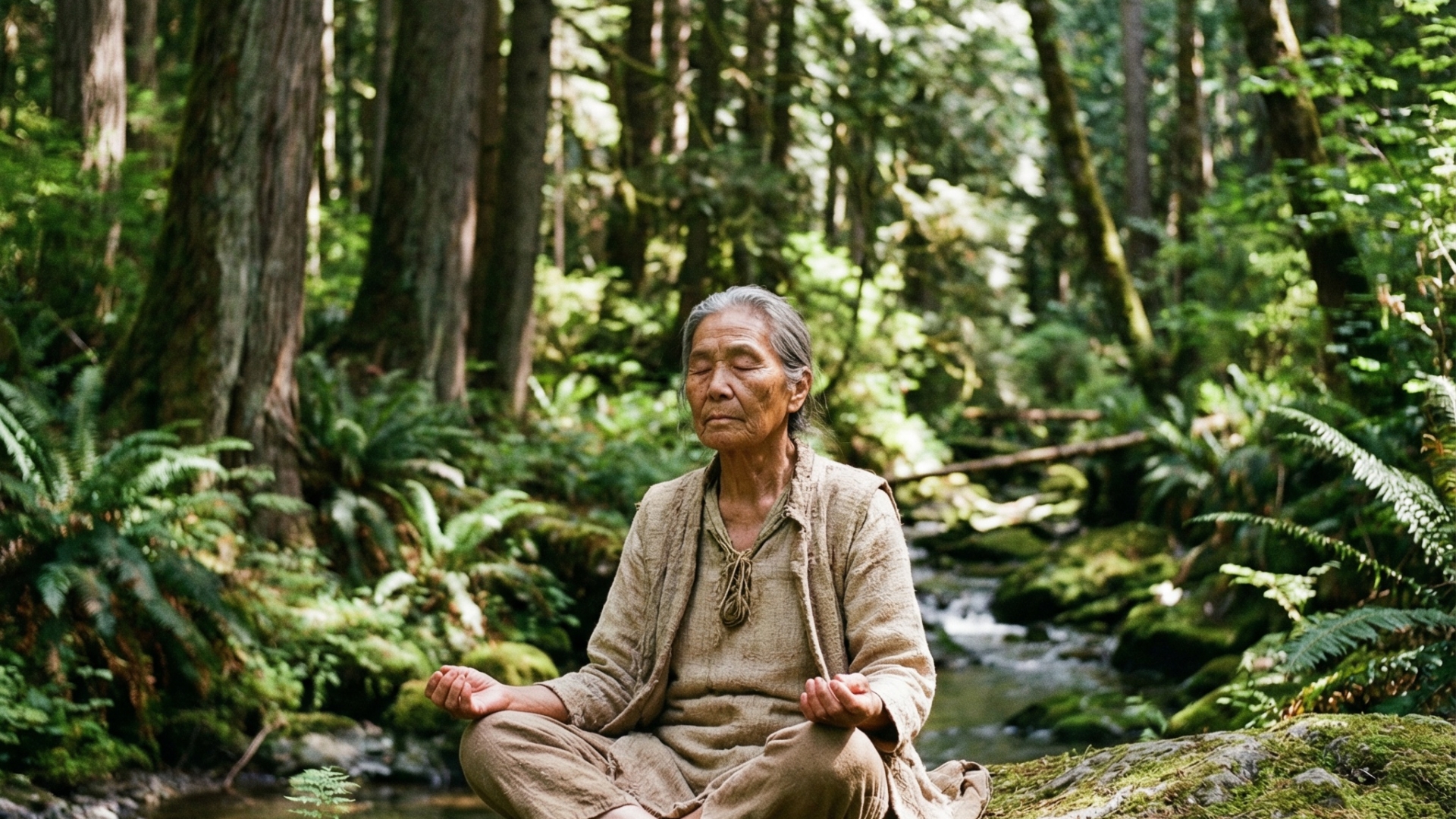Barrier-free living for all
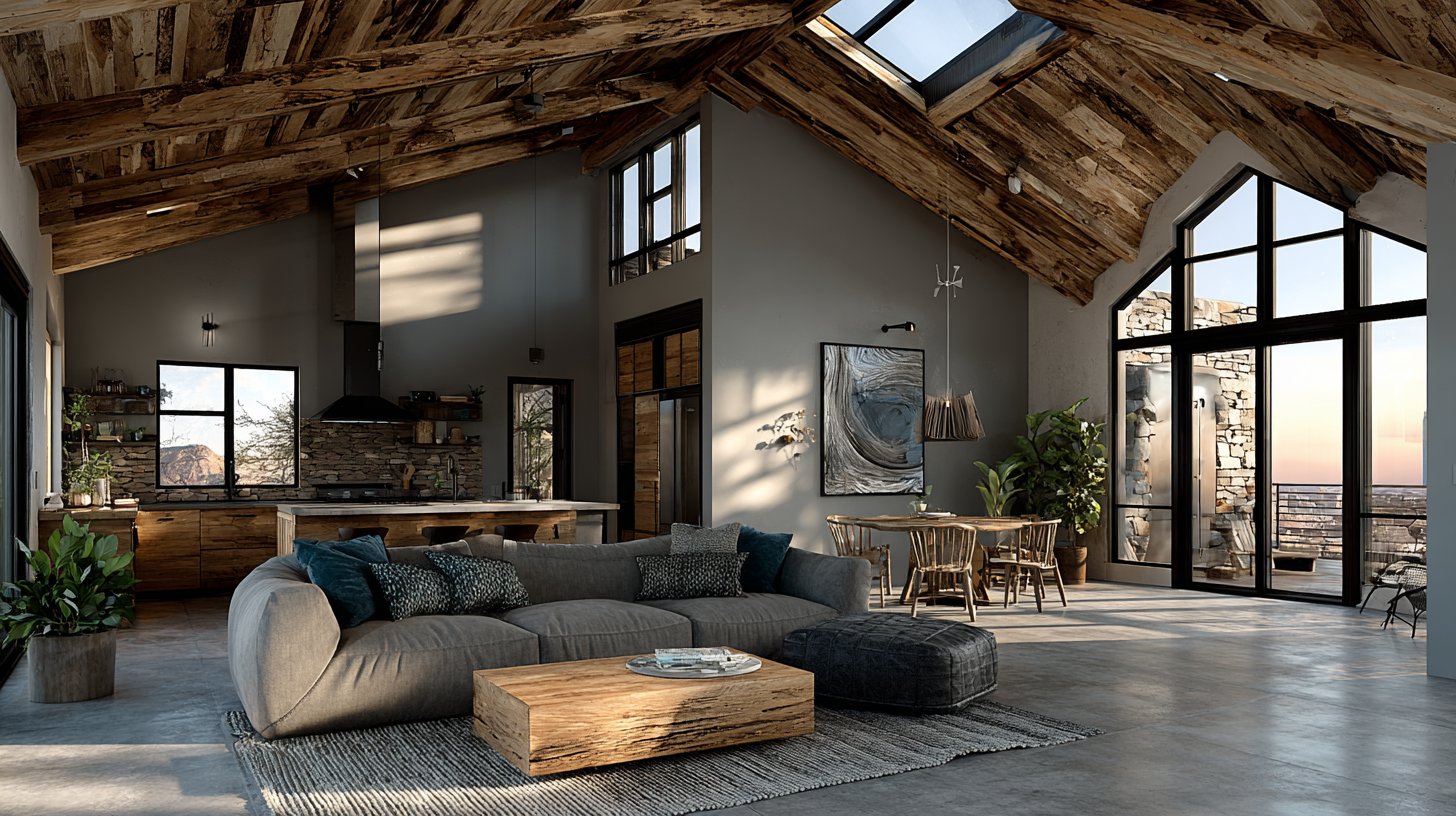
When you think about the topic of housing, you are probably considering comfort, safety, and above all, accessibility. Barrier-free living and inclusion are key terms that are becoming increasingly important in our society. For many people with disabilities, accessible housing is not just a matter of comfort, but a fundamental human right.
Inclusion means that every person has the same opportunities and can feel comfortable in society, regardless of physical abilities. Barrier-free housing concepts adapted to the needs of people with disabilities play a central role in this. The design of such living spaces should not only be functional but also aesthetically pleasing. Because home is not just a place to live, but also a space for joy and creativity, where one can feel at ease.
The Importance of Space Design
The way spaces are designed has a tremendous impact on quality of life. Barrier-free housing concepts should include more than just ramps and wide doors. Careful planning is crucial here: the right equipment, such as height-adjustable kitchen countertops, easily reachable cabinets, and bright lighting, can greatly ease daily life. Furthermore, open floor plans are helpful as they provide not only sufficient space but also a sense of freedom and openness.
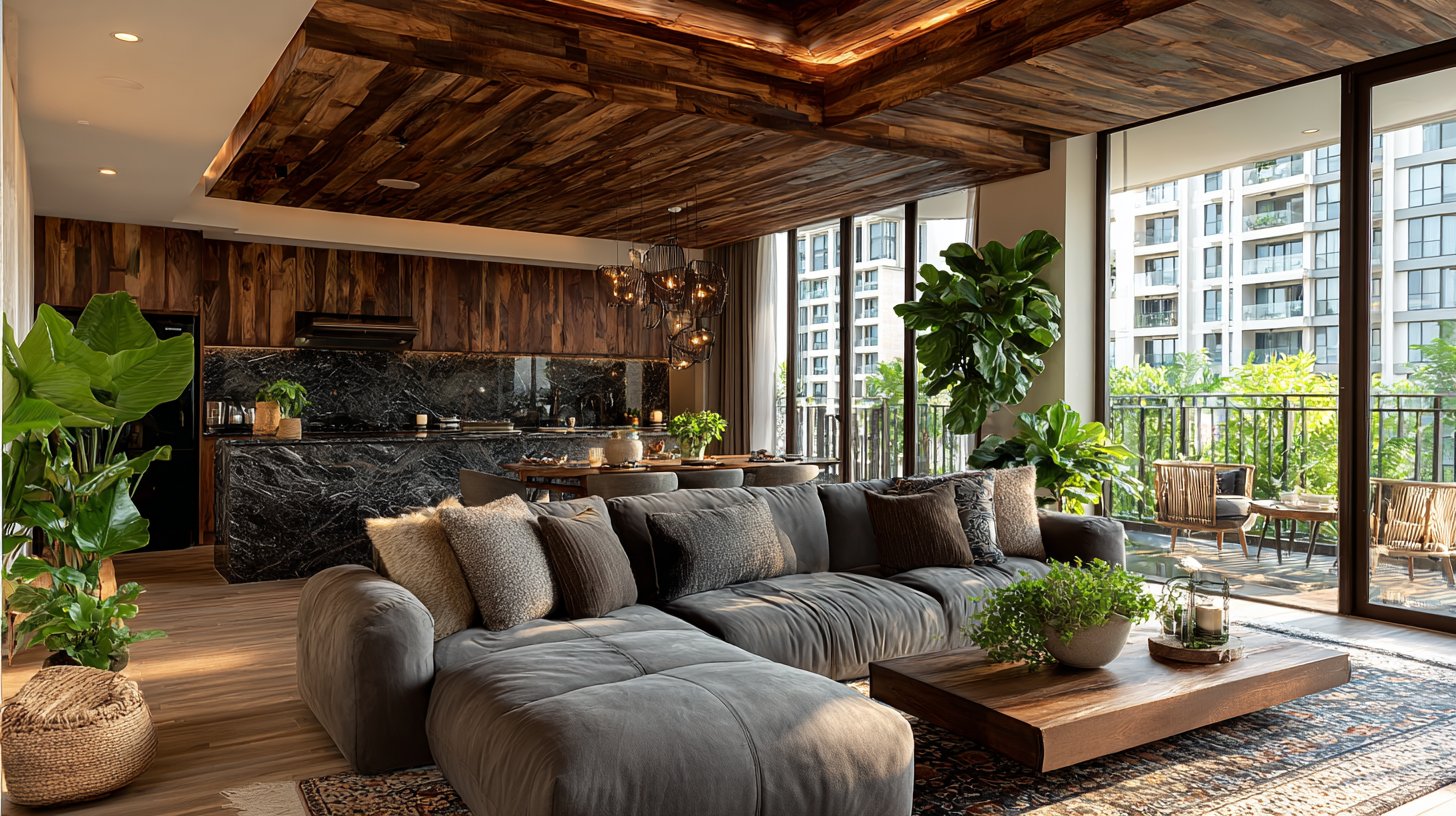
Moreover, the outdoor area also plays a significant role. Accessible gardens or balconies extend the living space and provide additional opportunities for relaxation and interaction with others. Considerations for space design should therefore be incorporated from the very beginning of the planning process to create a harmonious and inviting atmosphere.
Technological Support
Another important aspect of accessibility is the integration of technology into housing concepts. Smart home technologies enable people with disabilities to control their environment more easily. With voice control systems, intelligent lighting, and automated door openings, daily life becomes not only easier but also much safer. Such technologies offer numerous advantages, and space design must go hand in hand with the right technical solutions to ensure the sustainability and efficiency of the living space.
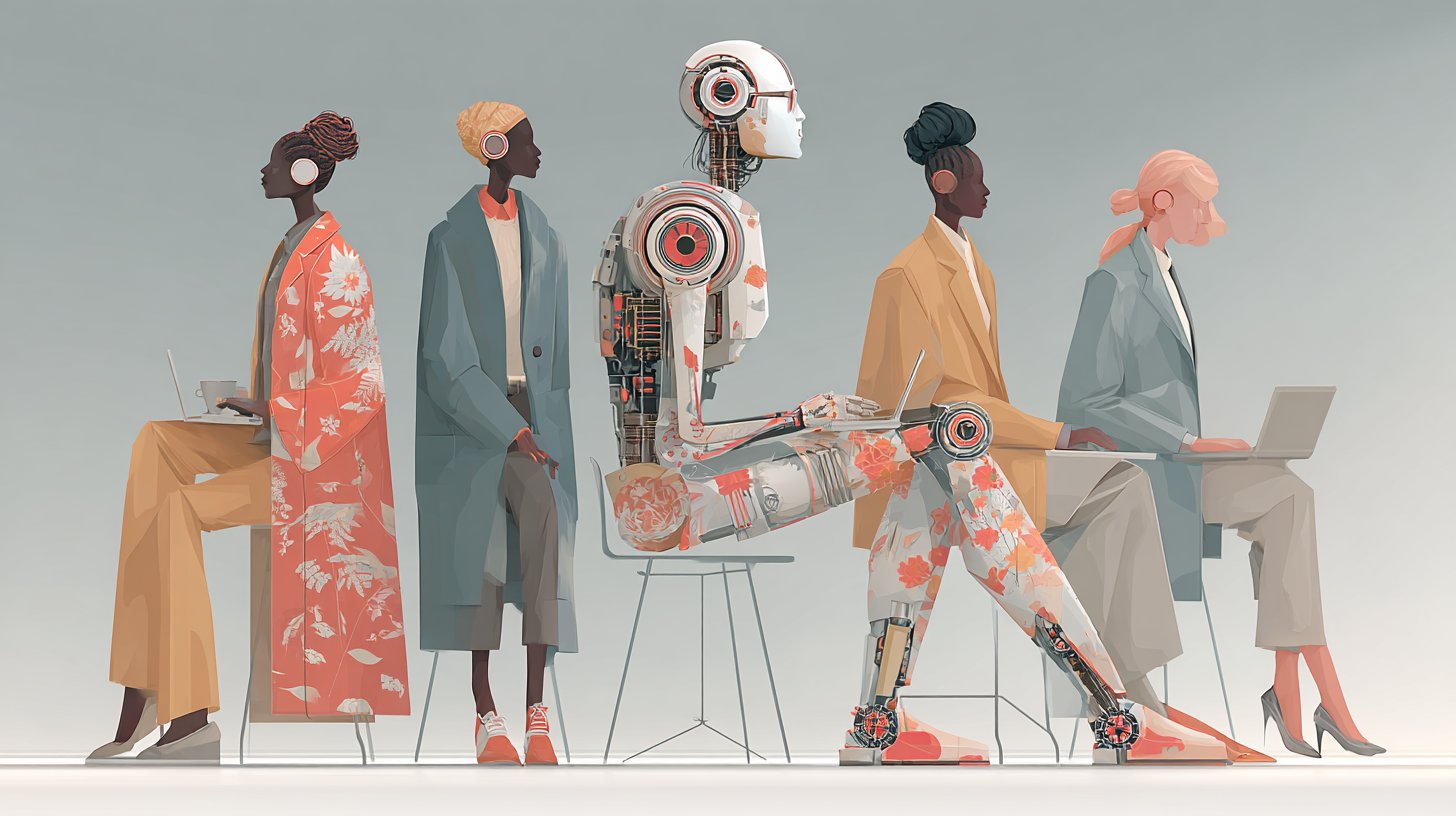
Houses and apartments should also be designed to be easily adapted to the needs of the residents. For example, if a resident requires more support for health reasons, additional safety measures or assistive devices can be installed without the need for complete redesign.
Community and Inclusion
The creation of barrier-free housing concepts goes beyond the individual level. It is also about a community that supports and promotes each other. Multi-generational housing or residential projects that bring together various people with different needs can create a space for encounters and collaboration. Here, not only do people with disabilities encounter a supportive environment, but a sense of belonging and solidarity also develops.
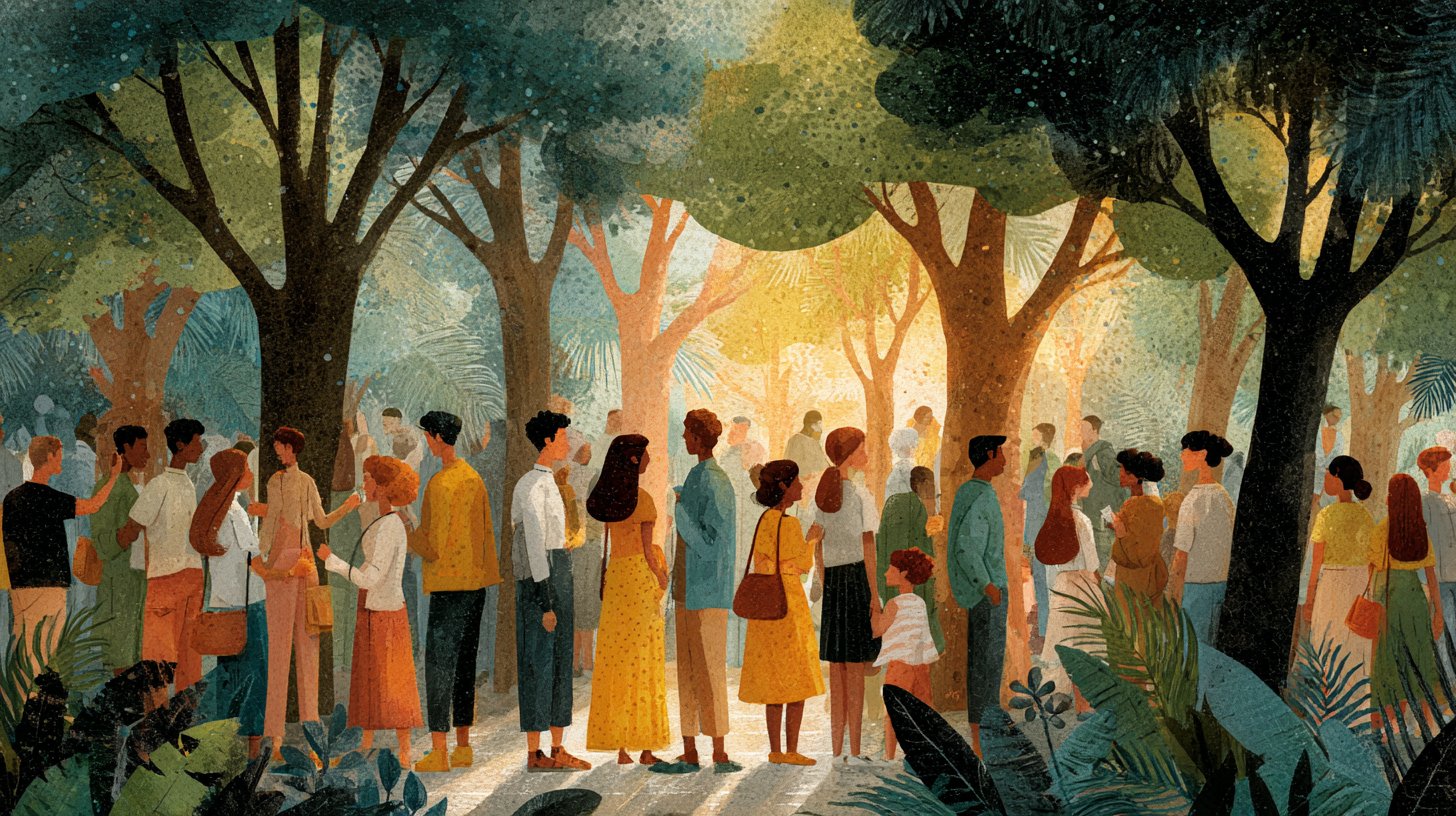
Furthermore, such arrangements can help break down prejudices. When people with and without disabilities live together, they encounter each other every day, learn from each other, and grow as a community. The familiar is questioned, and new perspectives and ideas can unfold.
An inclusive living environment encourages all residents to actively participate and contribute their skills to the community. This not only creates new opportunities but also space for creative projects that benefit everyone.
When you think about barrier-free living, you should consider that it is not just about practical benefits, but also about quality of life and participation. It is about everyone having the freedom to shape their space, fulfill their dreams, and enjoy life to the fullest. Inclusion should not be an idealistic goal, but a fundamental part of our society and our living spaces.
Barrier-free housing concepts are an invitation to diversity, a step in the right direction to support each individual in their individuality. Let's work together to ensure that the future of housing is inclusive, pleasant, and livable!


